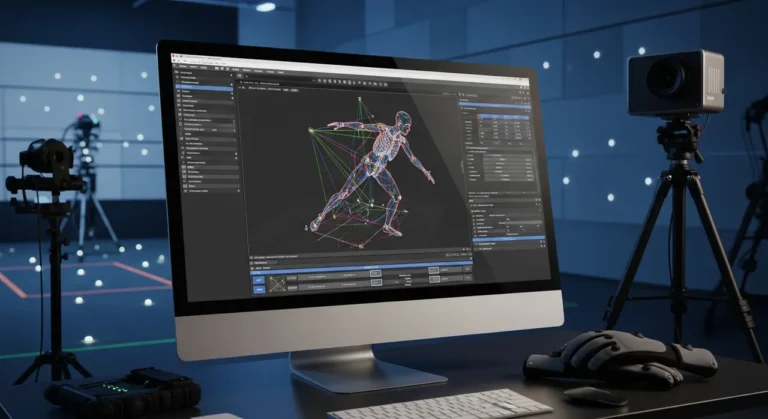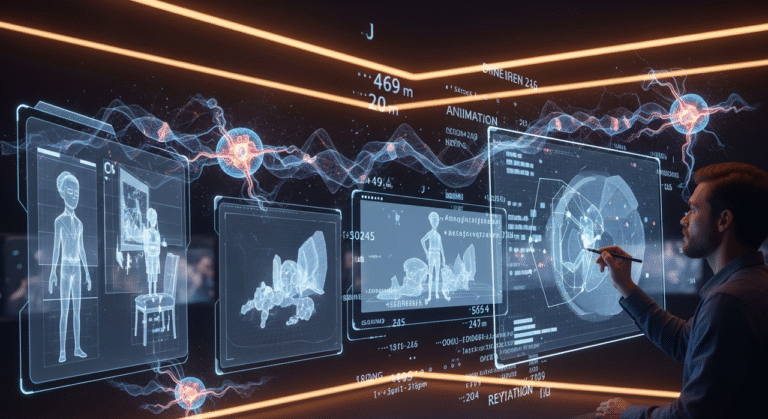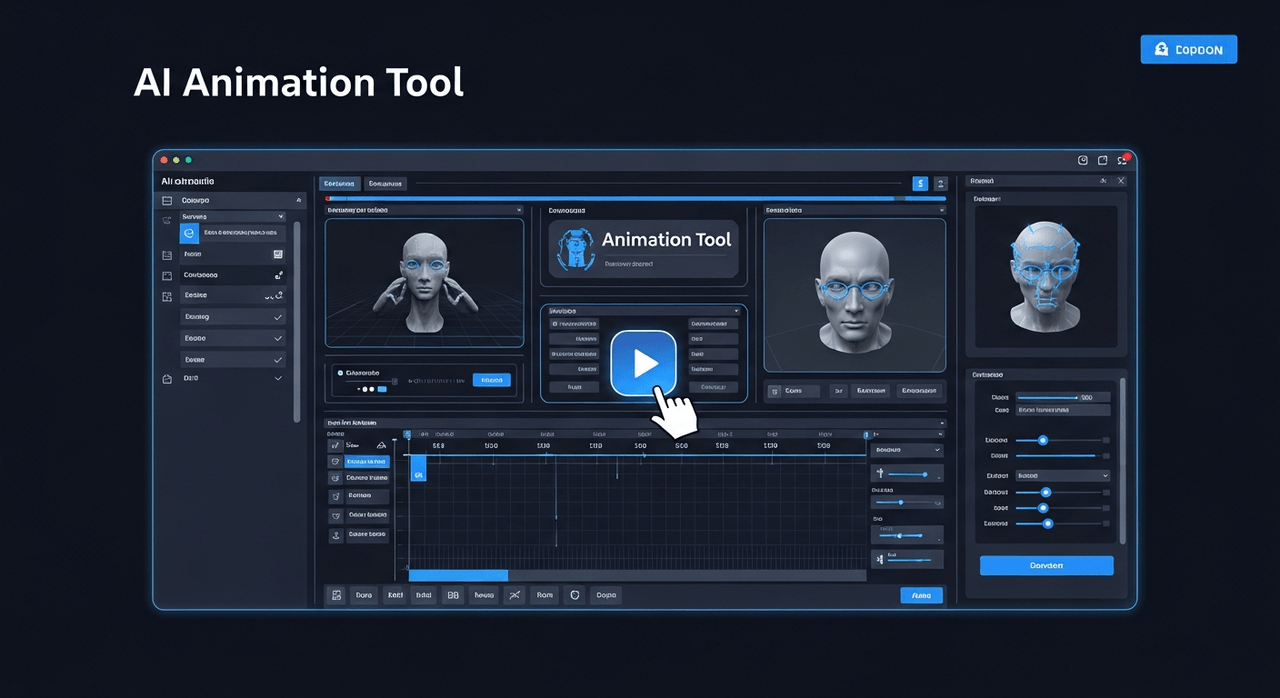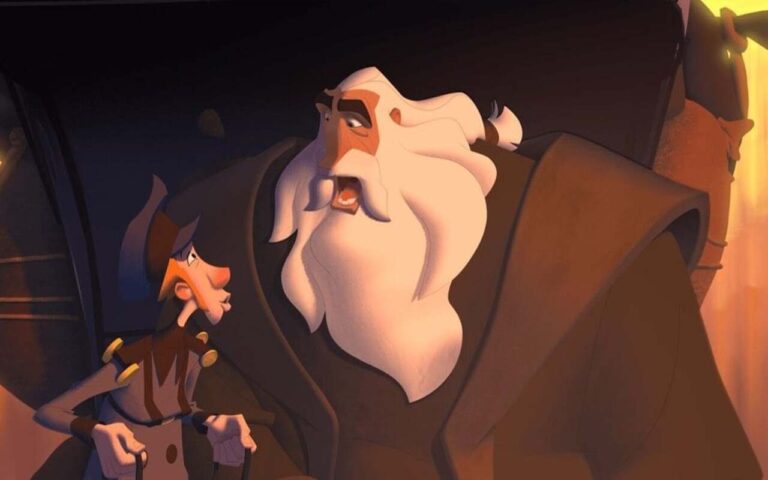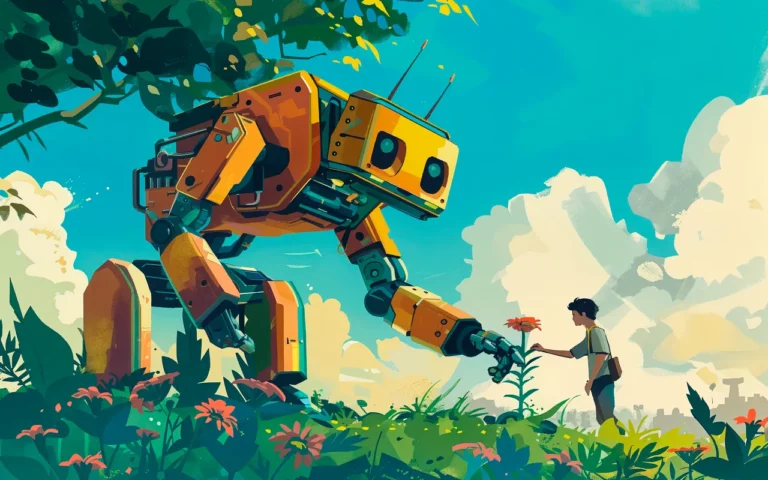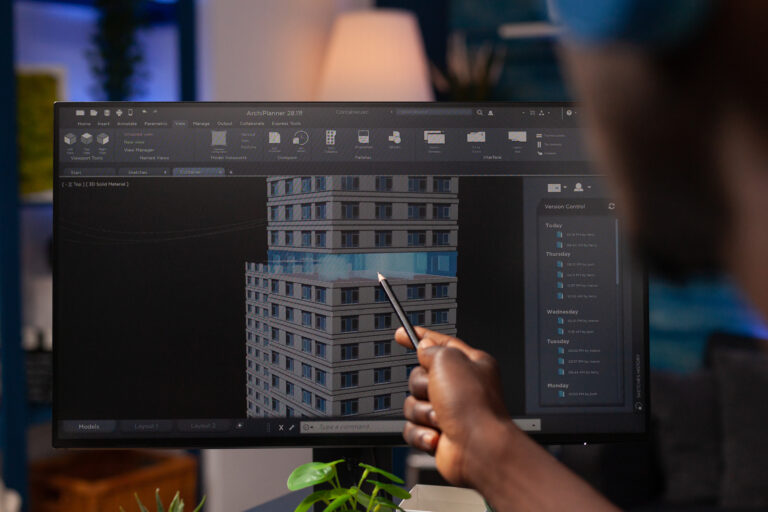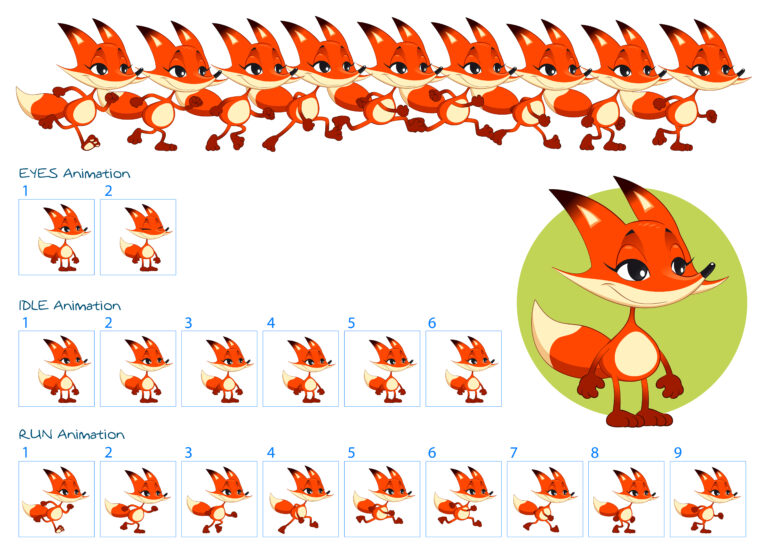2D animation is a captivating form of art that has been entertaining us for over a century. From its humble beginnings in the 1900s to now, 2D animation has never ceased to amuse us. This type of animation has gone through an evolutionary journey of invention and imagination. Today, various types of 2D animation are created by artists, studios, independent animators, or even kids with an iPad. Understanding the types of 2D animation can sometimes be confusing due to the various techniques used and the terms that are used interchangeably. In this article, we will cover every major style of 2D animation still created today. Here is a list of 2D animation types:
- Traditional Hand-Drawn Animation
- Hand-Drawn Computer Animation
- 2D Anime
- Cutout Stop Motion Animation
- 2D Digital Cutout Animation
- 2D Motion Graphics
- Whiteboard Animations
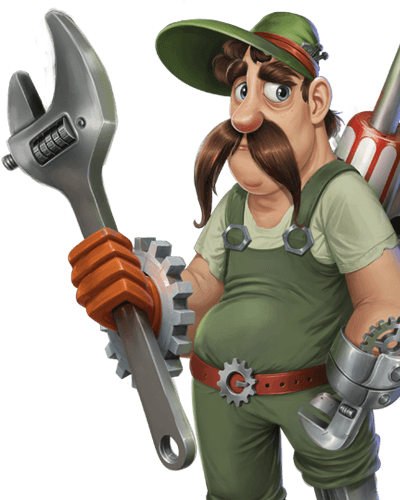
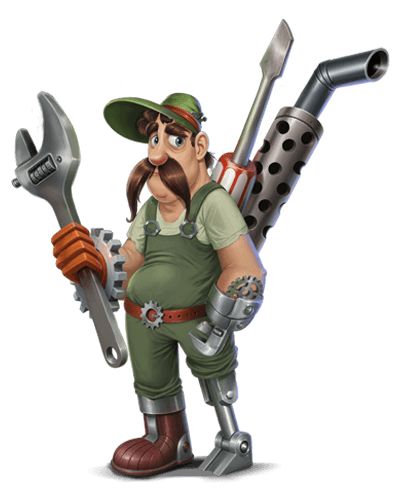
Need 2D Animation Services?
Visit our 2D Animation Service page to see how we can help bring your ideas to life!
Traditional Hand-Drawn Animation
This type of animation is probably the most famous among all 2D animation styles. As its name suggests, it was the traditional way of creating animation. This type of animation was the method used by pioneering 2D animation studios like Walt Disney and Studio Ghibli. It involved drawing each frame to create the illusion of movement. The drawings were then painted and composited with methods such as cel shading. Each frame was then photographed with a camera to create the film sequence. This type of animation requires patience and phenomenal drawing skills. This type of animation is also known as frame-by-frame animation since animators draw each frame individually.
Examples of Traditional Hand-Drawn Animation:
- Snow White and the Seven Dwarfs
- The Lion King
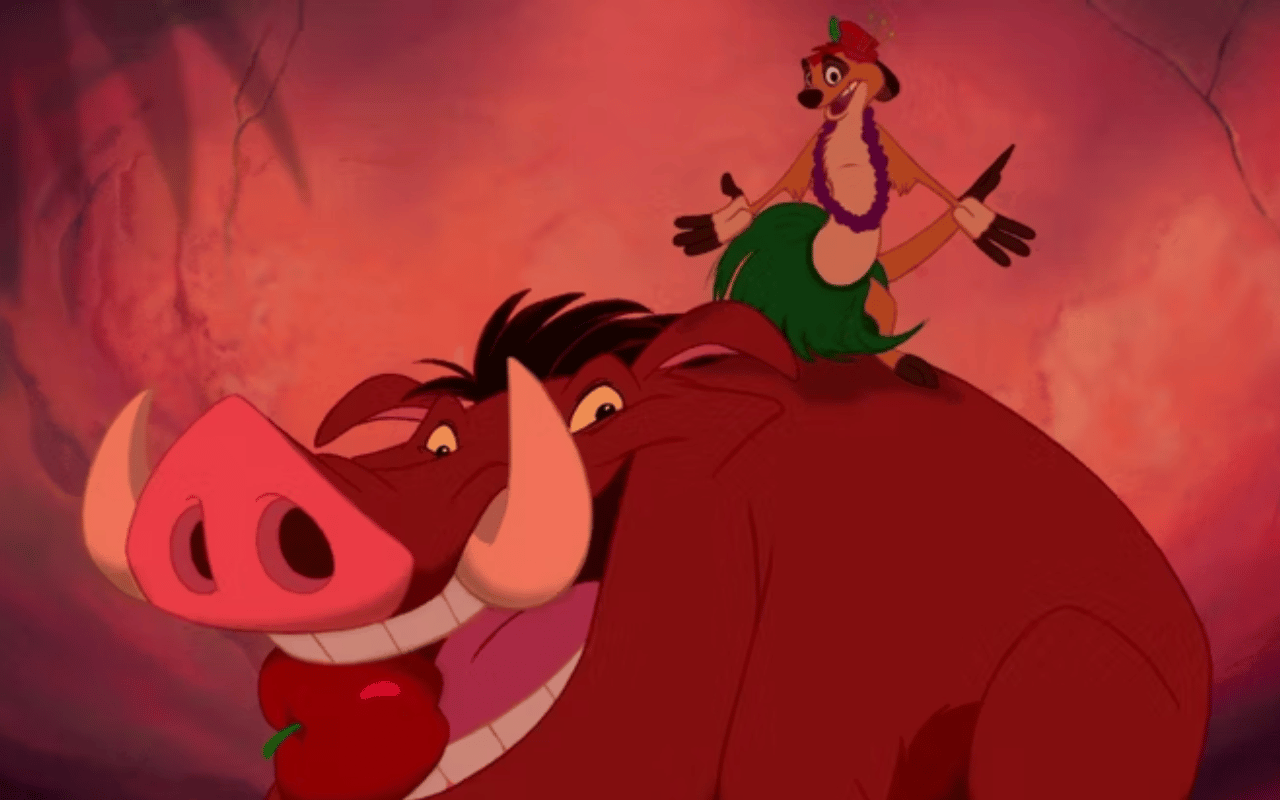
Hand-Drawn Computer Animation
Nowadays, hand-drawn frame-by-frame animation is created with the help of digital devices instead of pen and paper. This type of animation refers to creating 2D animation using graphics tablets or touch screen monitors. In this type of animation, animators still draw each frame by hand but tablets take care of translating inputs to graphics drawn on software canvases. Another difference between traditional and digital hand-drawn animation is rendering. Animation software takes care of rendering each frame to create movies. Animation software also provides some additional tools such as onion skinning that facilitate the process. Thus, there is no need for celluloid sheets and actual cameras to create the final animated movie.
Examples of Digital Hand-Drawn Animation:
- Adventure Time
- Klaus
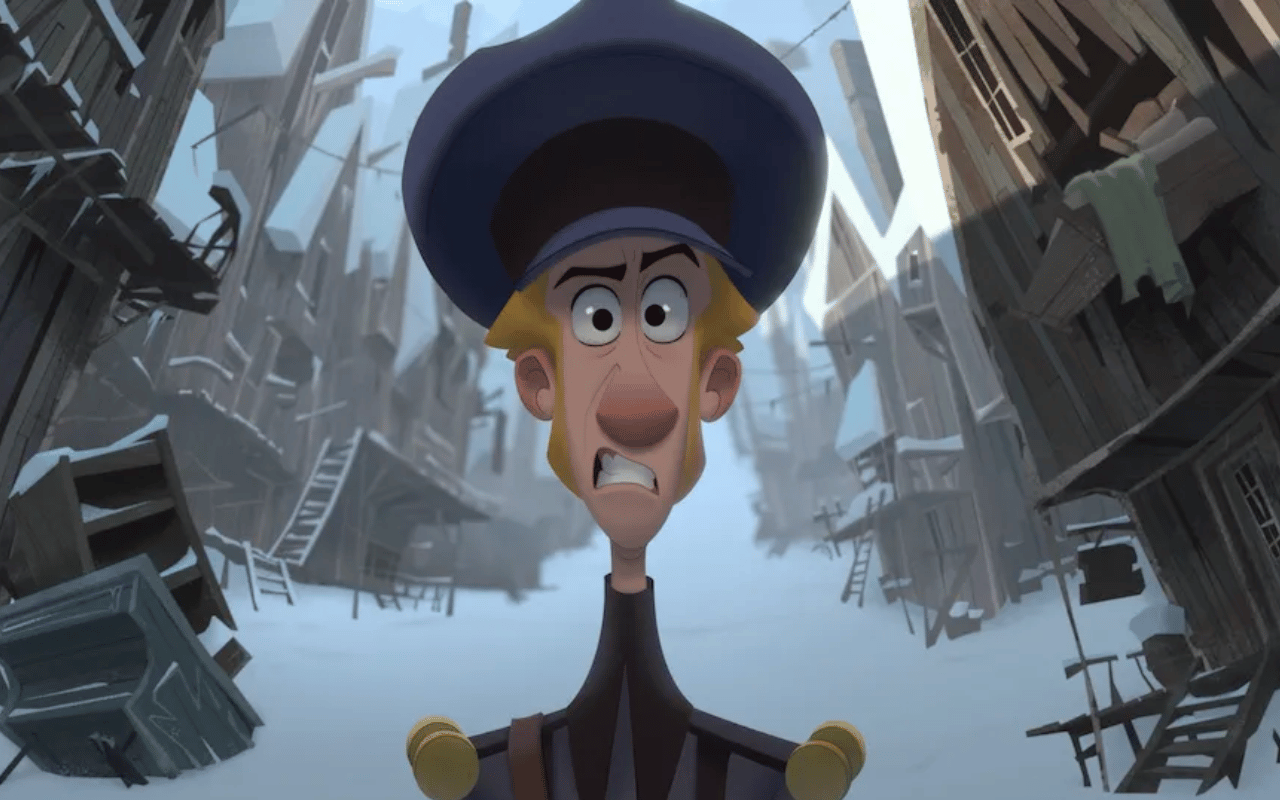
Read More: Hand-Painted Art Style
2D Anime
The term Anime, which comes from the Japanese word ‘Animeshon’ is generally associated with 2D animation created by best anime studios. Anime is often created using hand-drawn frame-by-frame methods explained earlier. Anime drawing style is usually influenced by Japanese Manga which is the equivalent of comics. Although this style of animation was specific to Japanese studios, there are some American animation studios that have produced anime as well.
Examples of 2D Anime:
- Full Metal Alchemist
- Death Note
- One Piece
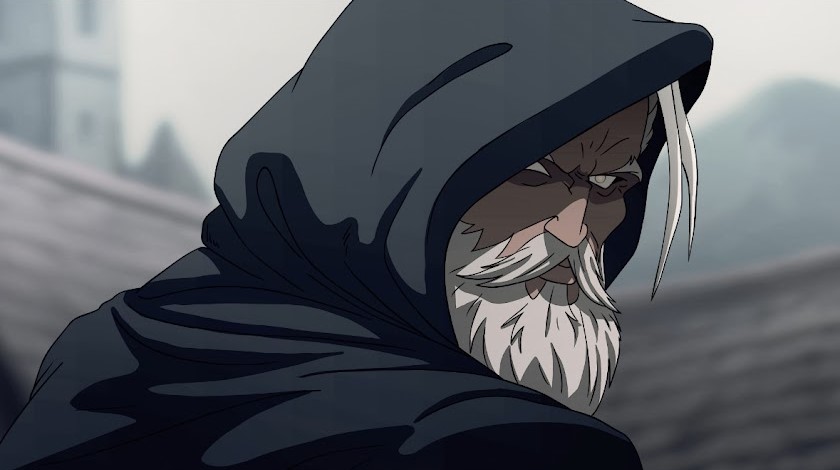
Cutout Stop Motion Animation
Stop motion is an animation method where physical characters and objects are placed in various locations and poses in a scene. Each setup is then photographed and changed for the next frame. The process is continued until the sequence of photographs creates the final video. When characters and objects are cut from flat materials such as paper and cardboard, and the scene is on a flat canvas, this technique is considered 2D cutout animation.
An Example of 2D Stop Motion Animation:
- The Night Before Christmas
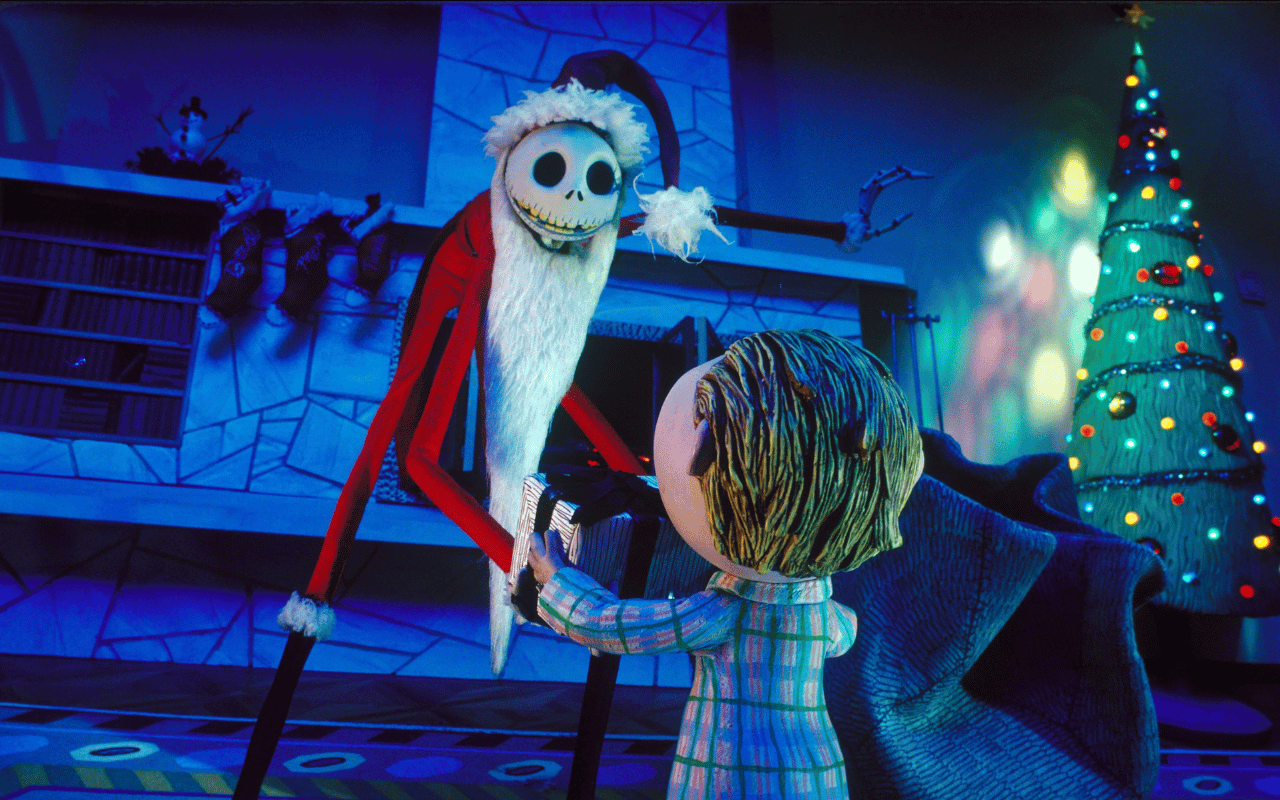
2D Digital Cutout Animation
Cutout animation is a type of 2D animation where characters are created out of several pre-drawn parts (limbs) and animated over time. Also known as 2D puppet animation, this type of animation relies on a process called rigging to connect different parts together. Cutout characters, also called rigged 2D characters, are animated by assigning pose keyframes on an animation software’s timeline. The software then interpolates between these key poses and creates the animation. Digital cutout animation is generally less complicated than hand-drawn animation and is more cost-effective. The industry standard software packages for creating 2D digital animation are Toon Boom Harmony and Adobe Animate.
Examples of 2D Digital Cutout animation:
- Rick and Morty
- Final Space
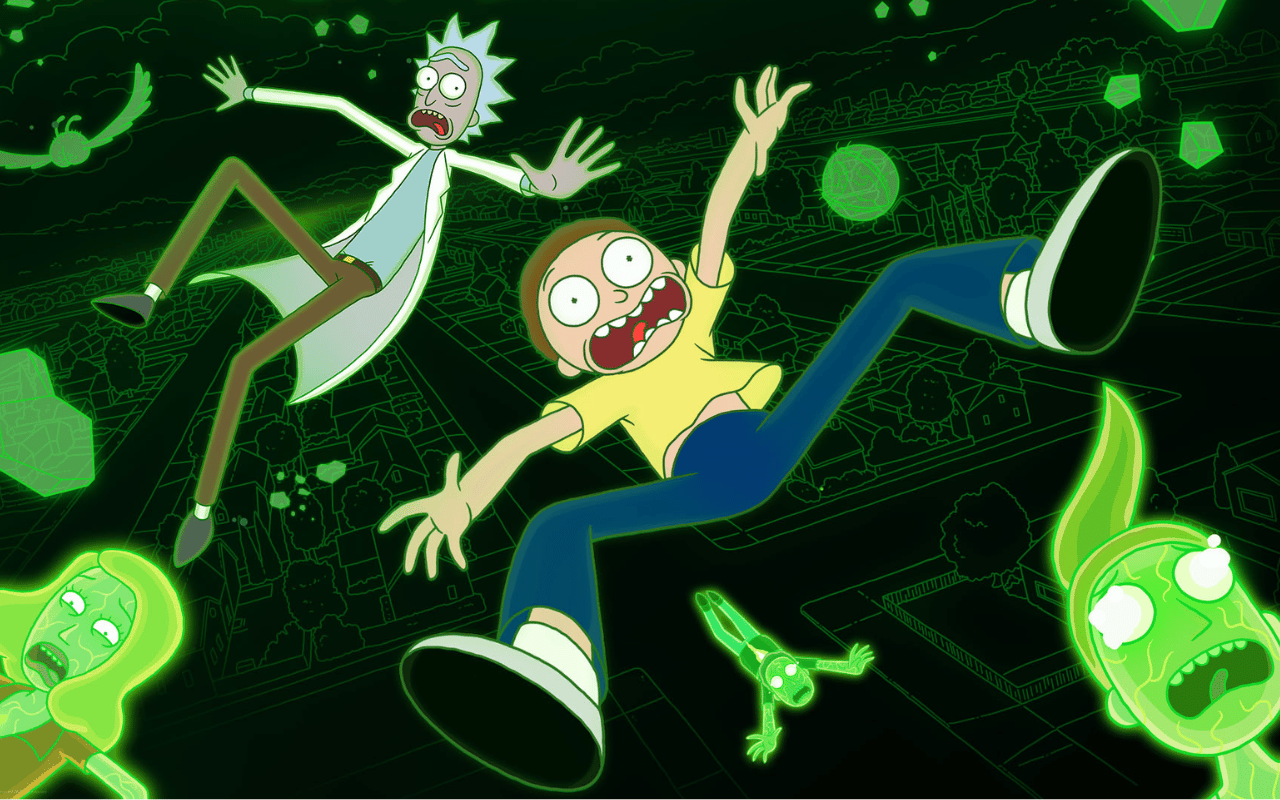
2D Motion Graphics
Motion graphics are a popular type of 2D animation especially in advertising. This animation style relies heavily on captivating motions to keep the audience engaged and to convey information or tell stories. Motion graphics can include both characters and objects, but the emphasis is not on character animation. Object rotations and transitions are often incorporated in motion graphics to add fluidity and smoothness to the video. This type of video is often used for infographics, explaining concepts, presentations, marketing, and web advertisements. 2D motion graphics are usually created with Adobe After Effects.
Whiteboard Animations
Whiteboard animations are animated videos that try to resemble writing and drawing shapes on a whiteboard. This type of animation can be recorded from an actual whiteboard or created using software that simulates drawing hand gestures and text animations. Whiteboard animations are useful for educational purposes, infographics, presentations, and marketing purposes.
Read More: Types of Animation
Types of 2D Animation in Games
2D games rely heavily on 2D animations to tell stories and bring characters to life. Game animation often involves animated loops for characters. These animated loops include a sequence of moves performed by characters that are played in-game to create movement. Pixel art and sprite animation are examples of 2D game animation types that we will cover next.
Pixel Art Animation for Games
Pixel art involves placing colored pixels next to each other to create an artwork. Pixel art animation involves creating a sequence of frames from pixel art to achieve movement. Pixel art was the primary animation method in the early days of game development and is still used in low-budget indie games. Since creating detailed 2D animations is difficult using a limited number of pixels, this type of animation is not often seen in 2D animated Videos. Aseprite and PyxelEdit are popular software tools for creating pixel art.
Examples of Games That Use Pixel Art Animation:
- Stardew Valley
- Celeste
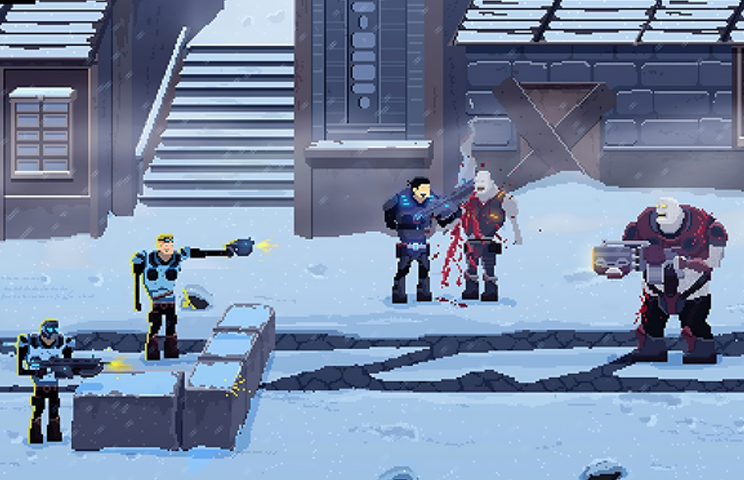
Sprite Animation for Games
Like pixel art animation, Sprite animation is also a type of 2D animation often used in 2D video games for character animation. The animation process is similar to pixel art animation where a sequence of images is played on a loop to create the illusion of movement. The only difference between sprite and pixel art animation is that sprite animation does not use pixelated art. Sprites are simply 2D images that can be created using various methods.
Examples of 2D Games that rely on Sprite animation:
- X-Men Vs. Street Fighter
- Dragon Quest V: Hand of the Heavenly Bride
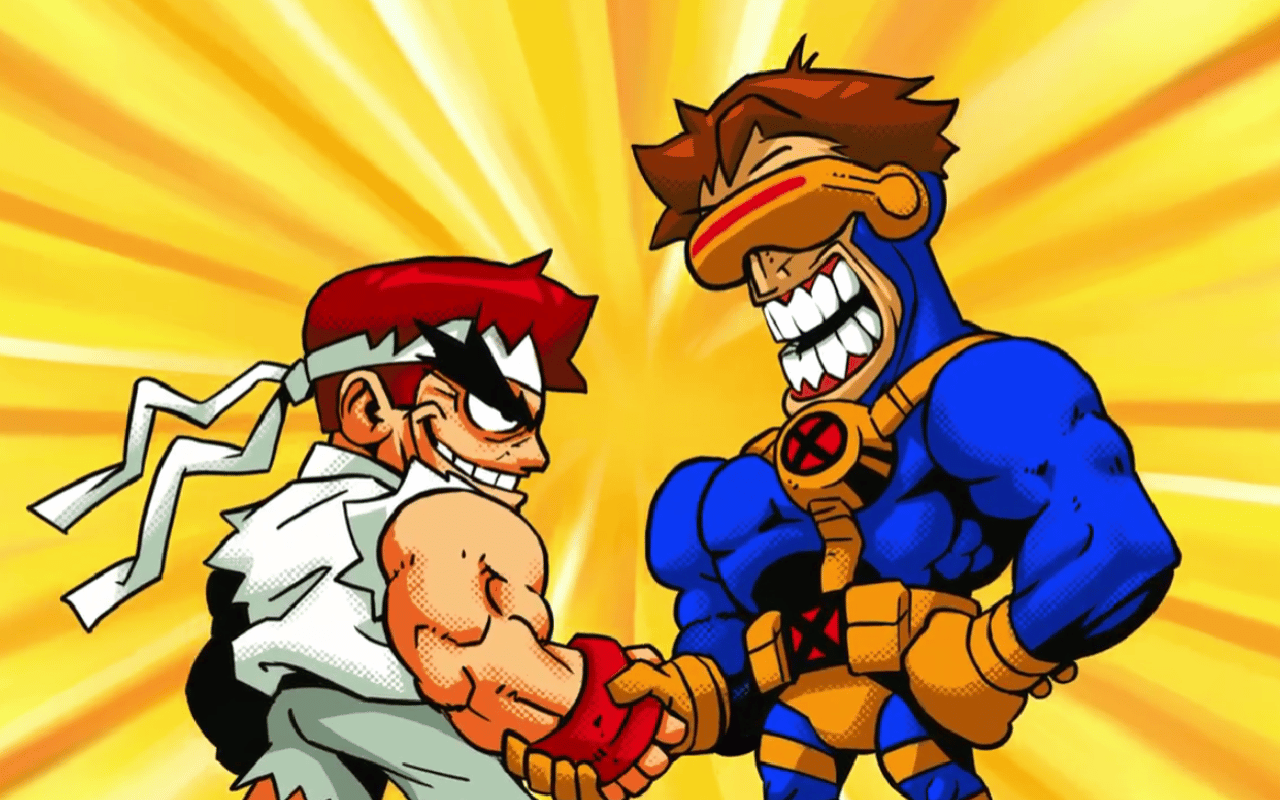
To Put It in a Nutshell
2D animation comes in various types, each suited for a different purpose. Different animation types and methods were invented over time to facilitate its production. Although some methods are not used as widely as before, 2D animation, in general, is still very popular. The terminology surrounding 2D animation can sometimes be confusing, since many terms are used interchangeably. Umbrella terms are also used to refer to some styles that are similar to each other. Overall, we tried to include some common terms associated with major types of 2D animation to clarify what they refer to in the industry.
